1. Morning Light Over the Tyrrhenian Sea
The first morning in Salerno began quietly. The curtains in the hotel room were pale and sheer, and the early sun filtered through them like warm milk. There was a stillness that felt deliberate, like the city itself was waiting for the day to unfold without haste. When I opened the window, I could hear the soft echo of waves breaking along the marina, gentle and unrushed, as though they had nowhere else to be.
Downstairs, the old elevator creaked a bit as it descended to the lobby. The receptionist, a young man with heavy-lidded eyes, nodded in greeting without a word. Outside, the street smelled faintly of roasted coffee and sea salt. The air had that slightly metallic tang that only coastal towns possess, especially in the early morning before the bustle has fully arrived.
I decided that today would be about walking—nothing more ambitious than following the coastline and letting the path lead me wherever it chose.
2. Along Lungomare Trieste: A Promenade with Memory
The Lungomare Trieste is one of Salerno’s most beloved stretches, a promenade that runs along the seafront like a ribbon of calm. It is wide, well-kept, and surprisingly quiet in the early hours. There were a few older men already seated on the benches that line the walkway, staring out at the sea with the kind of familiarity that suggests a daily ritual.
Palm trees, evenly spaced like sentinels, swayed with the light morning breeze. The lampposts were still faintly lit, and behind them rose the silhouettes of the mountains, a soft blue-gray in the distance. The pavement was slightly damp from the previous night’s mist, but the sky overhead promised a dry, clear day.
Every few meters, I passed stone balustrades with small plaques—dedications, dates, names. I stopped at one commemorating the victims of a shipwreck that occurred decades ago. Someone had left fresh flowers beneath it. I stood there for a long minute, the waves behind me pulsing gently against the rocks below.
The air smelled of brine, jasmine, and the distant tang of citrus. Vendors were just setting up their carts—gelato stands, cold drinks, and the occasional table of trinkets. A young woman unrolled a mat of postcards printed with hand-painted views of the Amalfi Coast. I bought one without speaking, slid it into my bag, and continued.
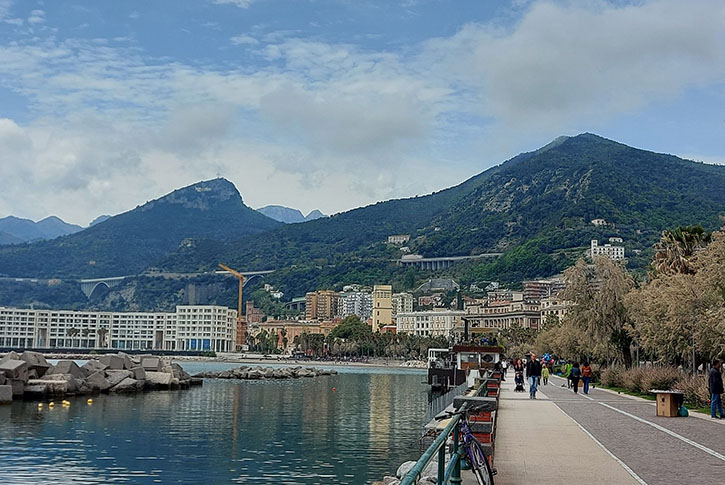
3.The Sound of Steps, the Shape of the City
The city unfolded slowly on my left side, while the sea never left my right. Salerno’s layout has an honesty to it—it doesn’t hide its age or history. Buildings lean slightly, facades weathered by wind and sun. Iron balconies are curled with rust, but still hold geraniums in full bloom. Laundry lines stretch from window to window like casual conversation between neighbors.
As the morning aged, the city began to stir. I passed schoolchildren with backpacks larger than their torsos, mothers carrying baskets from the bakery, and men in uniform sweeping the streets with long-handled brooms. Every few blocks, I caught the scent of fresh bread—the kind of bread that is both a meal and a memory.
There’s a rhythm to walking in Salerno. It isn’t the kind of place that insists on an itinerary. The path along the sea lets you slow down without guilt. I stopped often—not because I was tired, but because the scenery invited it. A rusted anchor displayed near the edge of the promenade. A group of men playing cards under a pergola. A small boy running ahead of his father, laughing so hard he could barely keep his balance.
4. Strolling Beyond the City Center: Toward Pastena
By late morning, I had left the denser part of the city behind and was headed east, toward the neighborhood of Pastena. The promenade narrowed slightly but remained welcoming. The shade grew patchier, but the breeze had picked up, making the sun more of a companion than a burden.
This part of the coast had more locals than tourists. People weren’t taking photos; they were feeding pigeons, reading papers, talking animatedly with their hands. I paused near a kiosk and bought a lemon granita. The vendor was an elderly man with a soft voice and a habit of humming between transactions. The granita was perfect—cold, sharp, and refreshing enough to awaken parts of me that had drifted into a dreamlike state from the sun and the walking.
The shoreline here was rockier, less manicured, and more authentic. Small fishing boats bobbed in the water, tied loosely to wooden posts. The hulls were painted in fading blues and reds, names hand-painted in curling letters. A few fishermen were sorting nets nearby, their hands quick and practiced.
I found a low stone wall and sat down, finishing the granita slowly while watching the water. Children splashed in the shallows. A dog barked from the steps of a nearby trattoria. Seagulls hovered overhead, hopeful but ignored.
5. A Pause at Mercatello Beach
The first real beach I reached was in the Mercatello area. It wasn’t grand or overly photogenic, but it was real. Pebbled in parts, sandy in others, with beach umbrellas already starting to bloom like flowers in the mid-day light. The water was clear, its edges a shifting gradient of turquoise and green.
I took off my shoes and stepped onto the warm sand. It was coarse but pleasant. There’s something grounding about walking barefoot near the sea. The tide had left small shells scattered like forgotten jewelry. I picked up a few, their colors muted but intricate, and slipped them into my pocket.
A woman nearby was sunbathing with a book open on her chest. Two teenagers played with a frisbee, laughing too loudly. A man was selling cold drinks from a cooler, calling out prices in a sing-song tone. I bought a bottle of sparkling water and sipped it slowly, letting the bubbles sting my tongue.
I stayed there longer than I expected. Time lost meaning as the waves whispered at regular intervals. My thoughts, normally crowded and insistent, fell quiet. There was no hurry. The walk would wait.
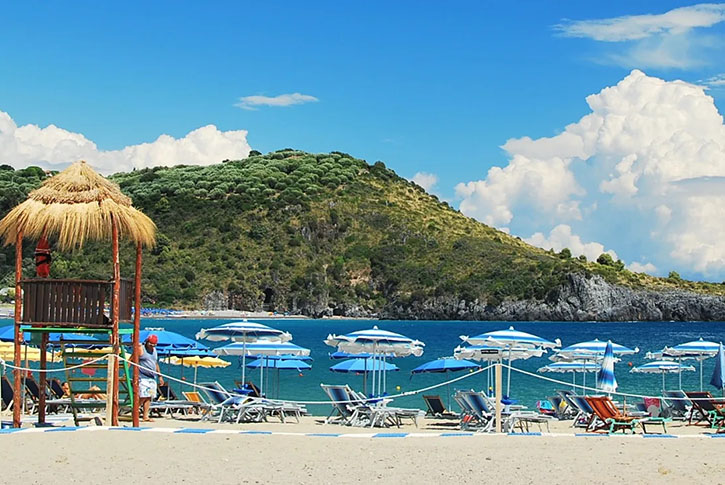
6. Afternoon Drift Toward Marina d’Arechi
In the early afternoon, I resumed my walk, heading farther east toward the modern port of Marina d’Arechi. The promenade became newer, sleeker. The stone tiles gave way to smooth concrete paths. Cyclists passed by with bells ringing, and joggers nodded in acknowledgment as they passed.
The sea remained constant—shimmering under the growing sun, dotted with sailboats and the occasional ferry in the distance. A few kites danced in the sky. The clouds were sparse, more like brushstrokes than weather.
The marina was large, clean, and quiet. White yachts lined the docks, their ropes taut, their decks gleaming. I sat at a small café overlooking the harbor and ordered a spritz and a plate of olives. The waiter had a crisp uniform and a tired smile. The breeze carried the smell of fuel and salt, an oddly comforting combination.
I watched as a couple boarded their boat, their arms full of groceries and wine. A dog barked from one of the upper decks. Somewhere nearby, someone was playing a soft jazz tune from a portable speaker.
It was a different rhythm here—more modern, less nostalgic. But the continuity of the sea tied everything together. It didn’t matter whether I was watching fishermen mend nets or watching yachts refuel. The horizon held it all.
7. Evening Colors and the Long Return
By late afternoon, the sun began its slow descent. The sky changed from a piercing blue to something warmer, more diffuse. Shadows lengthened, and the colors of the buildings turned richer, as though dipped in honey and amber.
On the way back toward the center, I took a slightly different route. I wandered through side streets, letting instinct guide me. Narrow alleys opened into small piazzas where old men smoked cigarettes and young couples whispered over gelato. A cat darted across the road, then paused to stretch in the shade.
Eventually, I found myself back on the Lungomare. The same benches, now occupied by different faces. Children on scooters zipped past. Musicians began to appear—one with a violin, another with a guitar. Their melodies rose and mingled with the sound of the surf.
Dinner approached, and with it, the slow gathering of evening energy. Lights flickered on in the windows above, and restaurant terraces filled with voices and clinking glasses. I didn’t check the time. It didn’t matter. I followed the coastline until the sky turned a dark velvet blue.
When I finally returned to the hotel, my feet were sore but grateful. There was sand between my toes and salt in my hair. My clothes carried the scent of sun and sea. I left the window open that night and let the sound of the waves lull me to sleep.
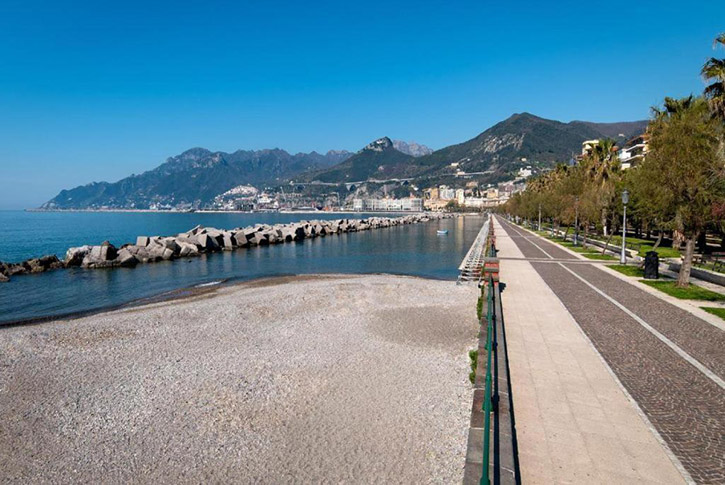
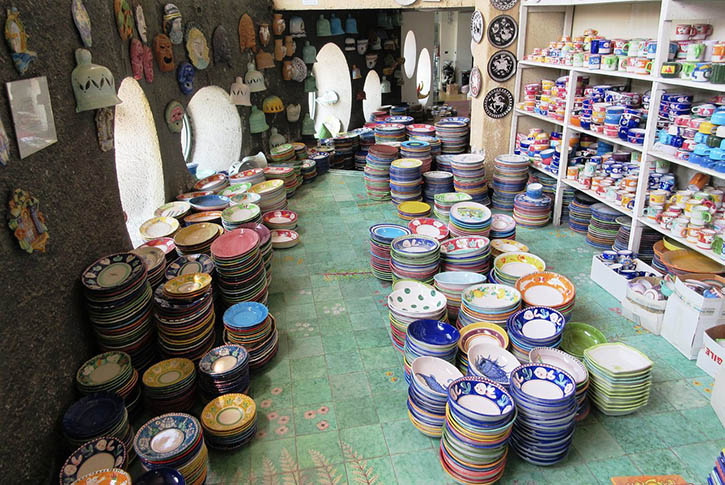

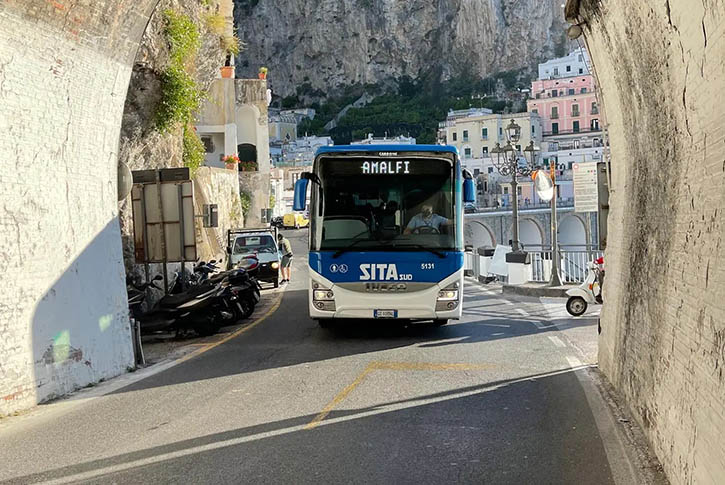
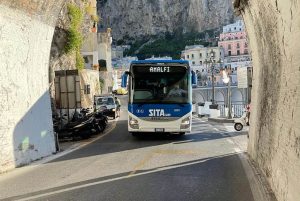

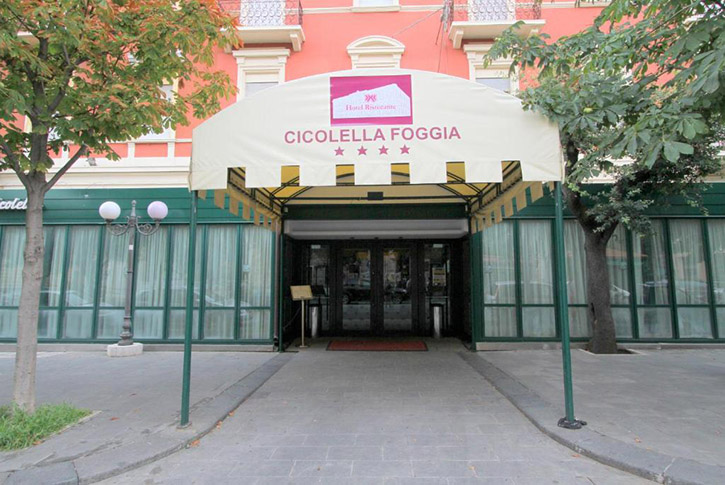
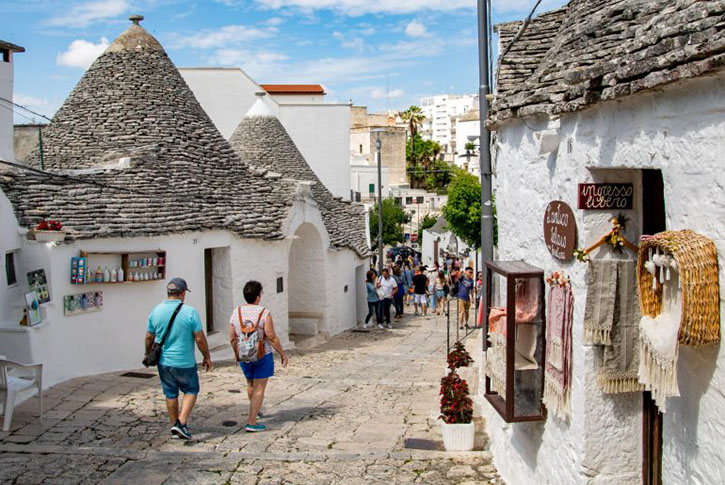
+ There are no comments
Add yours